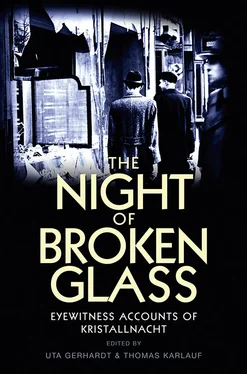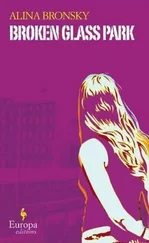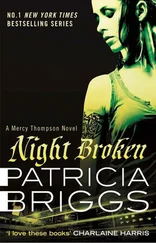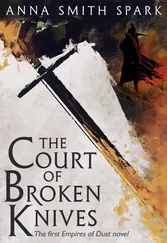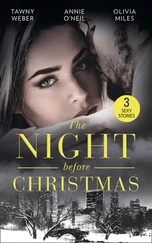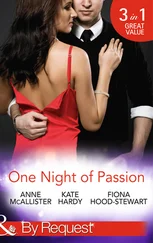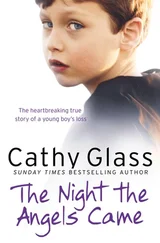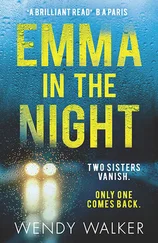Figure 2:Competition guidelines
Most of the contributors had complied with the guidelines and submitted typescripts of 50–100 pages; some sent only 3–5 pages, others thick bundles of several hundred pages. About 12 per cent of the contributions were written in English, and a few were handwritten. The evaluation of the total of more than 10,000 pages was at first very promising. The texts were assessed by research assistants according to a specially designed 19-page schema, and at the same time so-called ‘thumbnail summaries’ were made. But after the prizes had been awarded, the process came to a halt. This had to do not only with global political developments – on 10 May 1940, five weeks after the submission deadline, the Germans began the war on the western front – but also with the fact that the three initiators of the project – the psychologist Gordon Allport, the historian Sidney Fay and the sociologist Edward Hartshorne – had differing interests. 39
Hartshorne, the youngest of the three and at the same time the soul of the whole project, was the only one who followed through on it beyond the final report. In August 1941, he sent his publisher, John Farrar, a manuscript that was intended to wake up American readers and bore the working title, ‘Nazi Madness: November 1938’. The core of Hartshorne’s book was to be a selection of especially impressive descriptions excerpted from the more than 250 autobiographies submitted to the Harvard competition, which he had read through. He was particularly interested in accounts on Reichskristallnacht (‘The Night of Broken Glass’) and the recollections of persons who, in the wake of the riots, had been interned in Buchenwald, Dachau or Sachsenhausen. The example of 9 November, he believed, was particularly well-suited to document the regime’s mendacity because it was not, as Goebbels had tried to persuade the world, a ‘boiling over of the people’s soul’, but rather a well-prepared action centrally directed by the Nazi party and the SS.
When Hartshorne entered the American Secret Service (the later OSS) on 1 September 1941, the project came to an end. Through various postings within the American army, Hartshorne came in May 1945 to Marburg as an officer of the occupying forces. On the evening of 28 August 1946, he was the victim of an assassination attack and died from his injuries two days later.
In 1948, Sidney Fay gave the collection of autobiographies that had been submitted in the prize competition in 1939–40 to Harvard’s Houghton Library, where they were classified in alphabetical order and numbered 1 to 263; sixteen accounts from this collection have since been published. 40However, all traces of the book that Hartshorne had prepared for publication in the summer of 1941 were lost. He had studied the text over a period of many weeks and repeatedly rearranged the excerpted passages in an effort to give them the greatest possible impact. In a provisional final version, ‘Nazi Madness: November 1938’ was to consist of about 500 pages of excerpts from 34 autobiographies. But where was the manuscript?
For over half a century, ‘Nazi Madness’ lay unnoticed in a cardboard box that grew ever dustier over time and finally ended up in Berkeley, California. In her research on Hartshorne’s biography, Uta Gerhardt heard of this bundle of papers in the 1990s; in the summer of 2008, the editors saw it for the first time and prepared it for publication. 41They are convinced that, on the one hand, the density and authenticity of the carefully elaborated memoirs, and on the other hand, the singular history of their genesis make this collection a document of the greatest importance for modern history.
There is no such thing as non-judgemental memory. The judges in the Harvard competition set the necessary standards and demanded precision and vividness from the authors. It is evident from the texts how difficult it must have been for many writers to describe, objectively and with a steady hand, the atrocious events that had taken place only a year earlier and that had destroyed their material existence and identity as German Jews. But it is not only the immediate proximity of the events that takes our breath away in many passages. Underlying all the accounts is the certainty that Jewish life in Germany came to an end on 9 November 1938. As we now know – and this is the uncanny thing about the texts – this day was in reality a kind of dress rehearsal for the murder of millions of Jews in all parts of German-occupied Europe. These accounts document, as it were, the end before the end – and stop for just a moment the turning wheel of history.
1 1. From Harry Kaufman’s account, cf. pp. 231–5.
2 2. Quoted from Saul Friedländer, Nazi Germany and the Jews, vol. 1, The Years of Persecution 1933–1939, New York, 1997, p. 268. Cf. Trude Maurer, ‘Abschiebung und Attentat. Die Ausweisung der polnischen Juden und der Vorwand für die Kristallnacht.’ In Walter H. Pehle, ed., Der Judenpogrom 1938. Von der ‘Reichskristallnacht’ zum Völkermord. Frankfurt am Main, 1988, pp. 52–73.
3 3. In the hearings preparatory to his show trial in 1942, Grynszpan referred to these rumours and implied that he had had a homosexual relationship with vom Rath; this spared him being judged by the People’s Court. But he was killed anyway – probably in the same year, in Sachsenhausen concentration camp. On the details of Grynszpan’s fate and the preparations for the trial, see Hans-Joachim Döscher, ‘Reichskristallnacht’. Die Novemberpogrome 1938. Munich, 2000, pp. 159–84.
4 4. Facsimile in Döscher, op. cit., p. 79.
5 5. Max Domarus, ed., Hitler. Reden und Proklamationen 1932–1945. Leonberg, 1988, vol. 2, p. 574 f.
6 6. Instructions to the press quoted from Peter Longerich, ‘Davon haben wir nichts gewusst!’ Die Deutschen und die Judenverfolgung 1933–1945. Berlin, 2006, p. 124.
7 7. Ruth Andreas-Friedrich, Der Schattenmann. Tagebuchaufzeichnungen 1938–1945. Berlin, 1947, p. 28 f.
8 8. For the most detailed account, see Angela Hermann, ‘Hitler und sein Stosstrupp in der “Reichskristallnacht”.’ In Viertelsjahrshefte für Zeitgeschichte 56(4) (October 2008), pp. 603–19; here, p. 606 f.
9 9. Hitler neither referred to the attack in his speech on the evening of 8 November in the Bürgerbräukeller nor spoke about it during the state funeral for Ernst vom Rath on 17 November in Düsseldorf. See ‘Die Fiktion eines spontanen Ausbruchs des Volkszorns gebot Schweigen’; Friedländer, op. cit., p. 300.
10 10. Ian Kershaw, Hitler. London, 2008, p. 461.
11 11. Die Tagebücher von Joseph Goebbels. Im Auftrag des Instituts für Zeitgeschichte und mit Unterstützung des Staatlichen Archivdienstes Rußlands, ed. Elke Fröhlich. Munich, 1993 ff., part 1, vol. 6, p. 178, entry for 9 November 1938.
12 12. Zum Judenproblem. Januar 1937. Quoted from Die jüdische Emigration aus Deutschland. 1933–1941. Die Geschichte einer Austreibung. Eine Ausstellung der Deutschen Bibliothek Frankfurt am Main, unter Mitwirkung des Leo Baeck Instituts. New York and Frankfurt am Main, 1985, p. 216.
13 13. Goebbels, Tagebücher, part I, vol. 6, p. 180, entry for 10 November 1938.
14 14. Quoted from Döscher, op. cit., p. 133.
15 15. Quoted from Die jüdische Emigration aus Deutschland, op. cit., p. 71.
16 16. Ibid., p. 68.
17 17. Ibid., p. 69 f.
18 18. Goebbels, Tagebücher, part I, vol. 4, p. 429, entry for 30 November 1937.
19 19. Quoted from Die jüdische Emigration aus Deutschland, op. cit., p. 71 f.
20 20. Goebbels, Tagebücher, part I, vol. 6, p. 180, entry for 10 November 1938.
21 21. According to the Supreme Court of the Nazi Party, in a decision issued on 13 February regarding the question of how Goebbels’s speech and the carrying out of the orders were to be understood. It was necessary to call upon the party’s court in order to fabricate a state of emergency and thus spare the perpetrators a criminal proceeding. Quoted from Der Prozess gegen die Hauptkriegsverbrecher vor dem Internationalen Militärgerichtshof (IMT), Nürnberg 1948, vol. 32, pp. 20–9.
Читать дальше
